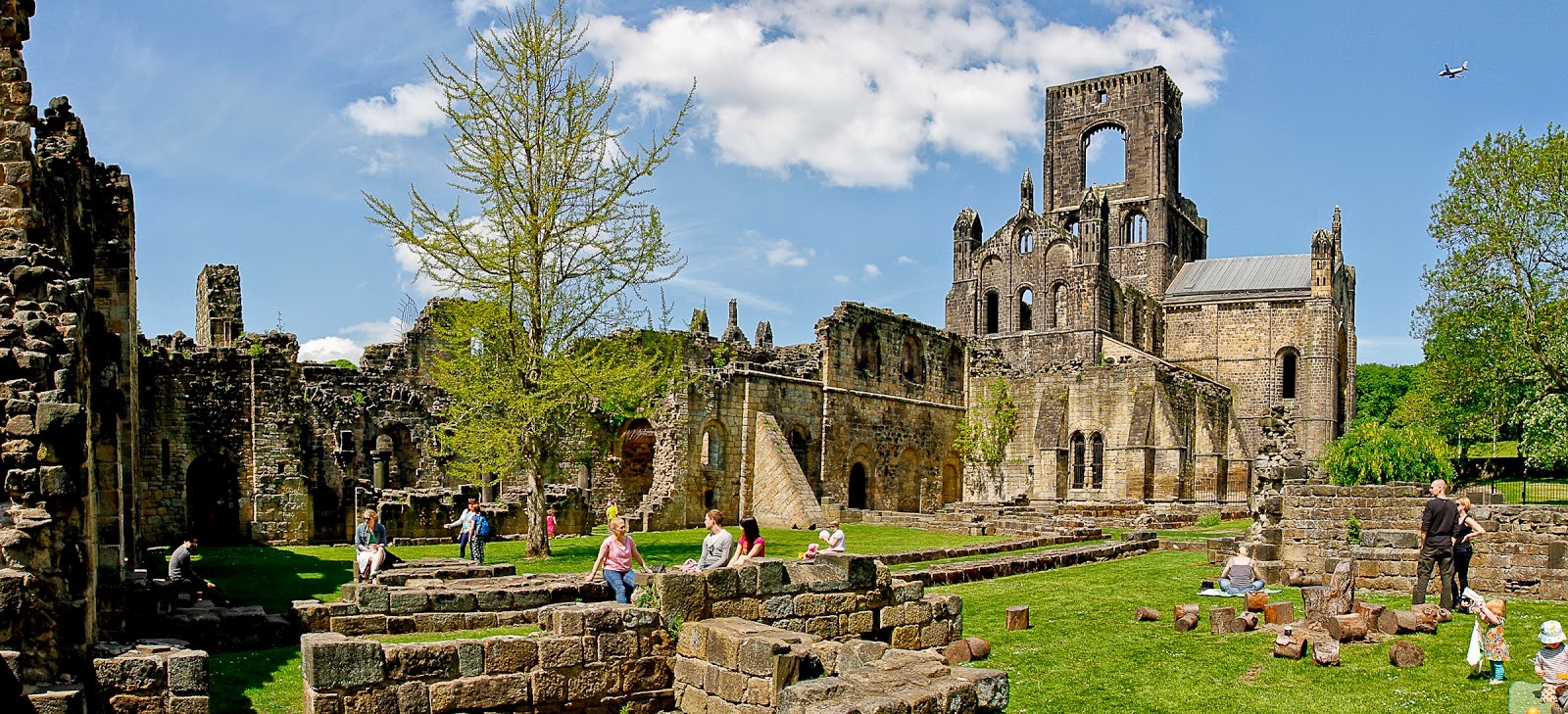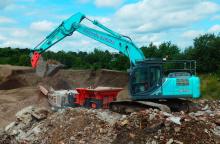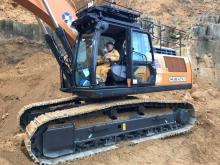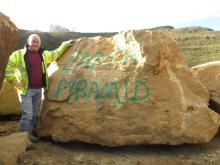
There’s something to be said for a bit of Yorkshire grit, but a lot more can be said about top quality Yorkshire stone!
One of the most distinctive, practical and widely used types of stone found around the self- styled God’s county in northern England is Bramley Fall, quarried from a seam that stretches north from close to the centre of Leeds.
A Namurian sandstone, Bramley Fall is a moderately coarse-grained stone of the millstone grit formation. It is found in large blocks and has become a perfect fit for large scale civil engineering projects.
Kirkstall Abbey, the first known landmark building constructed from Bramley Fall stone in the 12th century, lies just a mile or so away from the original but now disused quarry, hidden away in woods within Bramley Fall Park.
These days the major source of Bramley Fall can be found at Blackhill Quarry in Bramhope, near Otley. Owned by West Yorkshire-based recycling firm Mone Brothers, the quarry provides the stone for many of London’s most iconic riverside buildings including the Houses of Parliamemt and Blackfriars Bridge.
Blackhill Quarry manager Craig Morrell takes up the story: “The original Bramley Fall quarry dates back to the 1100s. Blackhill is now the biggest source of this attractive, amber coloured, malleable sandstone that distinguishes many of the homes and buildings in this part of the world.
“It’s well known for its strength and durability and weathers well, hence a perfect fit for bridges, dockyards and other waterside buildings. We’ve supplied Blackfriars and other bridges across the Thames on a number of occasions in recent times.
“Blackfriars Bridge, completed in 1769 and then rebuilt and opened by Queen Victoria in 1869, was once one of only three bridges, along with London Bridge and Westminster Bridge, to straddle the Thames.
“Just over 4,000 tonnes of Bramley Fall sandstone, sourced at Blackhill, was used to widen the bridge when the new railway station was being constructed six years ago.
“We supplied the stone in 10 to 15 tonne blocks that were transported to Chesterfield-based Realstone. They then carved and shaped the blocks into the required form before taking it down to contractors
“Closer to home we have a number of new housing developments around the region that utilise Bramley Fall stone, and we are able to create a weathered, aged look by applying a special dye to it prior to its transport to site.
“We are proud that a small piece of Yorkshire, hewn from our own quarry, is playing its part in the capital city but it’s even more satisfying to see its unique, golden hue forming such an integral part of the region’s architectural landscape,” adds Morrell.









